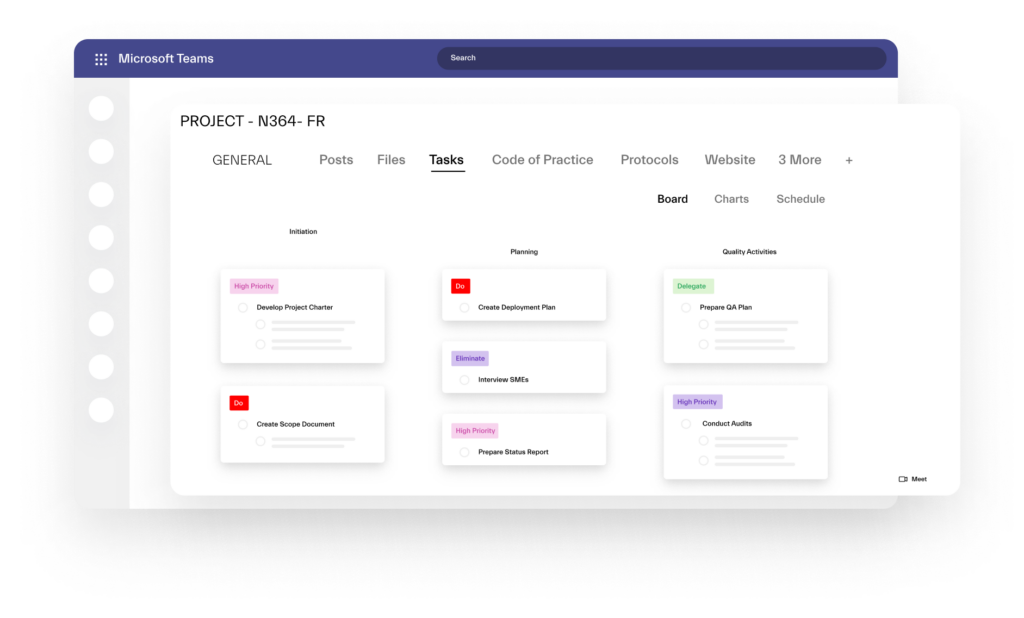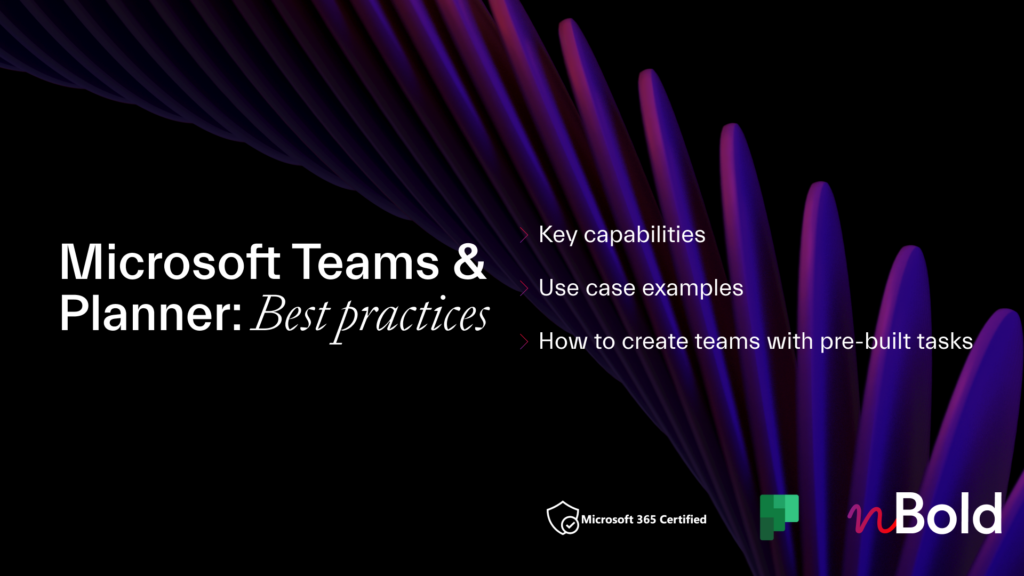Are you going insane because of your seemingly endless to-do list? Keeping up with a long to-do list can be a source of distraction, discouragement, and stress. The end result? Less productivity and low output, both of which hurt profits. Improve it today with proven tips for efficient task management.
At this point, the key to a successful project conclusion lies solely in efficiently managing all linked duties. And a project manager can do all this with the right tricks and tools.
This blog post will go through eight time-tested methods for more efficient task management.
8 ways to manage tasks effectively
A study found that workers who feel they do not have adequate time to perform their daily responsibilities experience a 68% drop in productivity due to job overload. So, it is vital to acquire task management skills to retain your team’s productivity.
Here are eight practical task management tips to help your team members be more productive.
1. Implement the concept of Getting Things Done (GTD)
Productivity expert David Allen developed the Getting Things Done (GTD) method. It’s for people who have a lot on their plate but want to get more done in less time.
Having a reliable storage system for all of your tasks helps relieve the stress of attempting to remember everything. David Allen claims that the purpose of the brain is not information storage but rather the generation of ideas.
If you don’t note things where they go (on a calendar, task management system, a to-do list, etc.), you’ll likely experience tension as you scramble to recall everything and worry about what you could have forgotten.
This is not a recipe for stress-free work. The GTD method is designed to help you deal with the many demands placed on your time and attention rather than overwhelm you with an unmanageable backlog of unfinished tasks.
The core of the GTD process consists of the following five steps:
Capture
The first step to getting things done is to record everything that needs your attention and put it in an inbox until you get the time or opportunity to process it.
Clarify
When you have all your inputs in one place, you may process them and decide what to do with them. Clear the inputs regularly to avoid backlog and demotivation.
Organize
When you identify the input category in your inbox, put it in the right place. For instance, add it to your task tool. If it’s not actionable, but you may need it later, keep it where you can find it later. Time-sensitive events, such as meetings and appointments, should be scheduled accordingly.
Review regularly
You must regularly assess your production and make changes to maximize efficiency. If you want things to run smoothly, you need to declutter your thinking, update your lists, and add any new unaddressed inputs.
Engage
You are now prepared to complete your tasks. You know that you are focusing your efforts where they will yield the best results. Sticking to the first four steps can help you feel organized and in charge of your day.
2. Divide large projects into manageable tasks
Often, simple tasks become complex because they have been bundled into many smaller projects or workflows. The danger in this situation is that the intricacy will cause us to delay taking action, which will stall progress. Maybe the project seems challenging, and you don’t know where to start. As a result, you hold off starting the project.
If you want to avoid this pitfall, break down your project or workflow into manageable chunks of labor. When you assign these tasks to your team in project management software, your team will be able to refer back to this breakdown and understand their role in the project more effectively. Work through every task one at a time, until the project is all finished.
With nBold, you can design custom Project Collaboration Templates within Microsoft Teams to cover your use cases. Create a list of actions to take for recurring tasks and assign them to your team members. When a new project is initiated, everyone in your team will be aware of their individual responsibilities and the overall progress made.
3. Employ Kanban
Kanban boards are the most effective method for organizing work processes and projects. Using a Kanban board, you and your team may see how far along you are in completing a specific task or phase of the project. Many business owners find that using Kanban to organize their responsibilities is the most practical method for managing their workload.
All your critical questions, such as “what tasks are now being worked on?” and “what work activities do we need to perform next?” are answered by the Kanban’s visual representation. This is only one of many reasons why implementing it is essential for improving how your team manages its work.
If you use Microsoft 365 in your organization, you may just as well use Planner to organize your tasks. Planner is an easy-to-use and effective tool that employs the Kanban board concept to manage tasks.

Microsoft Teams & Planner: Best practices
Learn how to make the most of Teams <> Planner integration and build teams with pre-built Planner task boards

4. Stick with your team
Just because you’ve delegated and scheduled work doesn’t mean your responsibilities have ended. No matter how skilled your team members are, they will always need your direction to get things done efficiently and on schedule. Employees who think you are disinterested in the process are less likely to be committed to doing their jobs to the best of their abilities.
According to research, one-third of all failed projects may have been prevented if senior management had been more involved in making critical project decisions.
This is not an excuse to become a control freak and micromanage everyone and everything. You should only be available to your staff at all times and instill confidence that you will help them through any difficulties they may encounter.
Follow up on the task’s development at set intervals and offer suggestions for how it might be enhanced. Help the team out with pressing matters, provide insightful solutions, and keep everyone on track to meet their deadlines.
5. Make use of automation tools
One effective method to free up time and resources is to automate routine tasks. One study found that most employments in the United States have at least 30% of routine tasks that can be automated. It’s a massive window of opportunity to get back hours per week spent on activities that could be automated.
Tasks under the delegate or decide groups of the Eisenhower Matrix may be automated. Repetitive, frequent tasks are best suited for automation. In theory, robotic process automation works best with clearly defined tasks that use consistent data structures (RPA). Business process automation is best for complicated activities and workflows (BPA).
6. Schedule tasks
Scheduling tasks is an excellent time management technique that helps teams stay focused on the work rather than getting distracted by what needs to be done elsewhere.
Establish a timeline and assign beginning and end times. When we set a deadline for a task, we are more likely to consider the time and money it will take to complete it.
Taking an agile approach is a great option. Establish a backlog and allocate it to a specific sprint. Time estimates for individual activities can also be more accurately calculated.
7. Sharing information and delegating tasks
The most common reason for a project’s failure is a communication breakdown, which accounts for 57% of the time. Keeping in constant contact with one another and evaluating progress every day might aid in detecting issues at their earliest stages. Maintain continuous communication with your team members by checking in with them daily.
Another effective method for managing duties is delegation, but only if you know who to send them to and how to do it. Appropriate delegation can improve teamwork and lessen the burden on individual members. Do your best to communicate your goals and expectations and be there to lend a hand as needed.
Gather your team and brief them on the overall plan when you’re ready to implement one or more strategies. Moreover, it would be best to remember that trial and error are sometimes necessary to find the best approach.
8. Always plan ahead for your tasks
Before beginning any project, you must gather the necessary data and information. You’ll be more invested in the tasks and save time otherwise spent searching for relevant information if you come up with everything you need in advance.
nBold is an effective tool for improving productivity in project management. It enables the creation of templates in teams that include pre-built task management tools (such as other 3rd party solutions). This allows teams to quickly and easily construct a team with all necessary tasks when starting a new project. You don’t have to back up and figure out where to begin because everybody already knows what to do.
In conclusion
If you put into practice all of these suggestions, you will soon be an expert at managing your time and tasks. These strategies can assist you in handling task management challenges, and you will be surprised by the difference they make in your day-to-day duties. But you’ll need time and effort to learn and master it.
